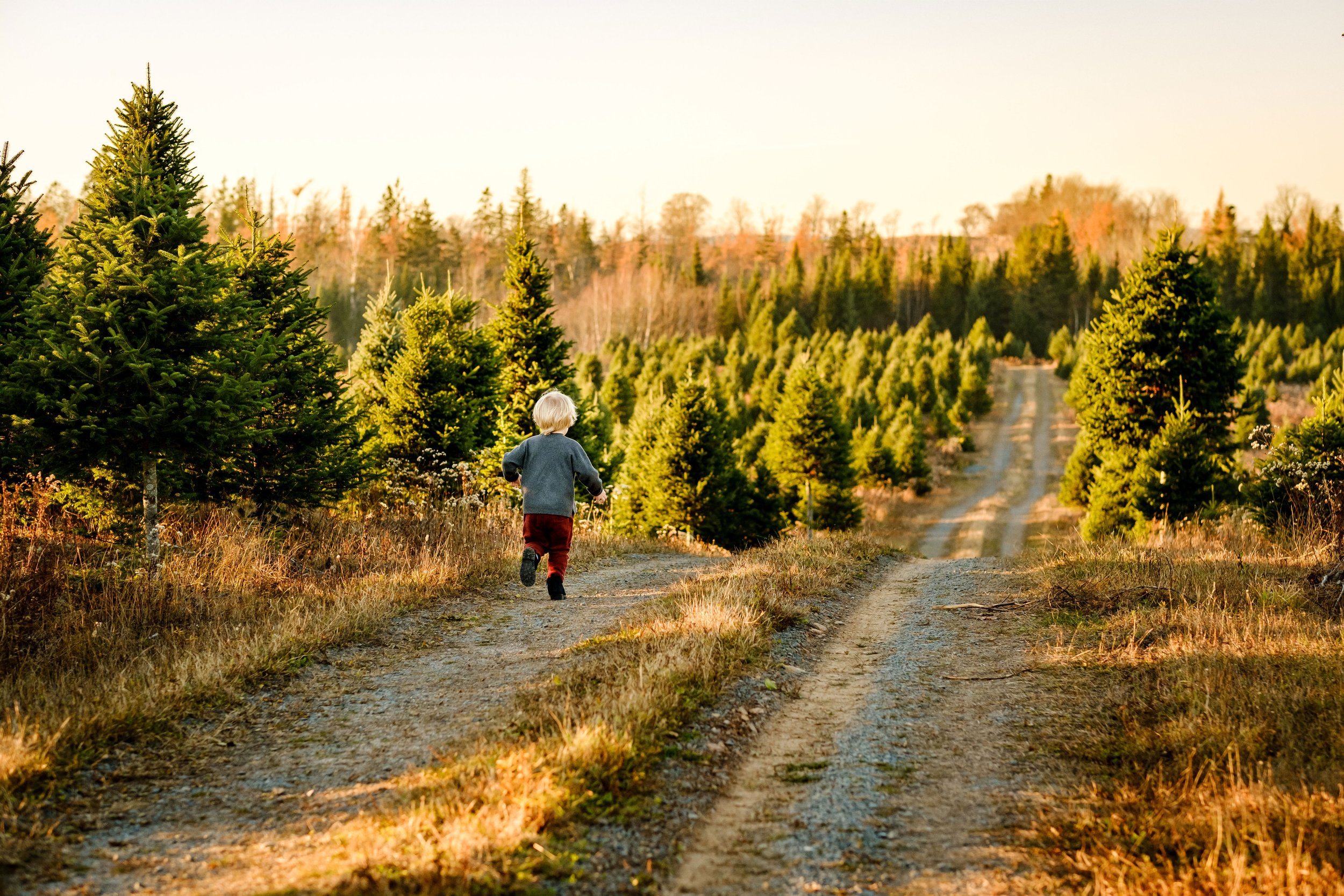Real or Fake: Which Christmas tree is better for the environment?
Real Christmas trees, of course! We aren’t just saying that because it is the business we are in. According to an article by The Nature Conservancy, real trees don’t require the intensive carbon emissions that it takes to produce and ship artificial trees. Science shows that one of the best ways to protect forests is to use them–carefully. When our forests are sustainably managed, they can produce renewable resources like Christmas trees and other wood-made products.
We can cut more than 30 percent of the carbon emissions needed to slow climate change with natural solutions like restoring our forests. You purchasing a real Christmas tree means you’re supporting local tree farmers and helping maintain healthy forests for generations to come.
Studies have shown that every acre of trees produces enough oxygen for 18 people per day. This means our tree lot sustains life for 2,520 people!
We replace every tree that is cut with a new seedling, between 5,000 and 10,000 every year, along with the new growth that naturally occurs.
Of course, it’s important to acknowledge that harvesting and transporting fresh Christmas trees does create some carbon emissions, although far less than artificial trees. The easiest way to lessen the carbon impact, and maximize the carbon lowering benefits of growing trees, is to purchase your tree directly from the farm. This allows the tree to stay in the ground longer. It also eliminates the chance that your tree was shipped to the store or tree lot from a far-flung province or country, as is sometimes common at big box stores. As with all agriculture, local is best, whenever possible.
Recycling your fresh tree
Recycling or composting your tree after Christmas is another important part of maximizing its environmental benefits. Here are some tips on how to recycle or reuse your tree:
When possible, put your tree at the roadside for the local community recycling program. The municipality or city will process your tree in the best way through mulching, chipping or composting. Check DivertNS for more information.
If you have a truck, gather fresh trees from around your neighbourhood and deliver a load to Hope for Wildlife in Seaforth, NS (near Porters Lake). Hope for Wildlife collects tinsel and decoration-free fresh trees after Christmas to use in animal enclosures throughout their wildlife rehab facility. Check their website for drop-off information in late December/early January.
Use your tree as a backyard bird feeder. Hang suet balls and popcorn/cranberry strands from the branches.
Cut into small pieces and use for mulch around your shrubs.
Create a new family tradition by cutting this year’s tree into small chunks of firewood to start next year's first holiday fire (if you have a fireplace or fire pit).
Use the tree as a bean (or pea) support pole. Sharpen the trunk and drive it into the ground. By summertime your tree will be covered with growing bean or pea vines and it will be "alive" again.
Leave your wreath up to turn a lovely shade of auburn and then...
Use the needles in a fragrant sachet.
Cut up and put in your compost pile (be sure to remove any metal rods, and plastic decorations.)


